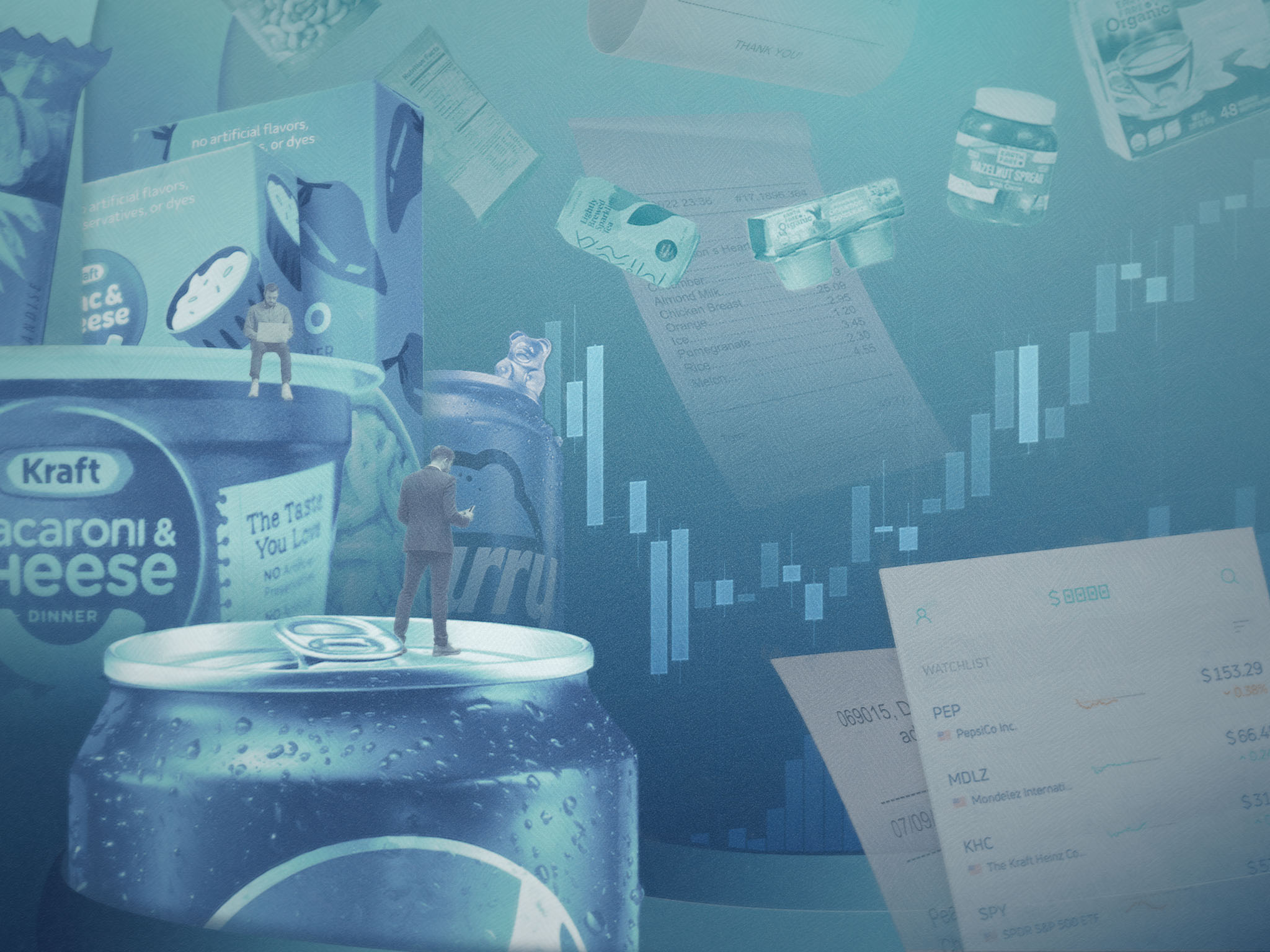Food companies hunger for better results

Big food and beverage companies have been solid performers for decades, gradually growing profits and sales in both strong and weak economic times.
But recent years haven’t been kind to the companies, as consumers, especially those with low incomes, seek cheaper and healthier alternatives to name brands. Also, the explosion of anti-obesity drug use has dampened demand for these foods.
In addition, consumers have been turned off by shrinkflation – food companies charging the same amount for smaller quantities of their products. And some of the big companies have a wide array of products without a real focus. Kraft Heinz (NASDAQ: KHC) just introduced an alcoholic drink, for example. Companies have been slow to sell off their slow-growth units.
Consumers are voting with their feet, opting for more private-label foods. Private-label sales hit a record $271 billion last year.
“The prognosis for packaged food firms has soured on concerns around the appetite for less healthy center-store fare, the potential changes the Trump administration could enact [tariffs], and the financial wherewithal of consumers,” wrote Morningstar food-stock analyst Erin Lash.
No gains for food stocks
Put all this together, and it’s no wonder that the S&P Food & Beverage Select Industry Index has returned about zero over the past three years. Looking at three of the biggest food companies, Kraft Heinz stock has slumped 21% over the past three years, Mondelez (NASDAQ: MDLZ) has climbed just 3%, and Pepsi (NASDAQ: PEP) has lost 6%.
The stories behind these companies gives you a feel for what the industry faces. As for Kraft Heinz, last month it forecast earnings and sales beneath analysts’ forecasts for 2025. Kraft has repeatedly raised prices to compensate for its own soaring costs.
But as a result, its sales volume fell 4.1% in the fourth quarter from a year earlier, even though it raised prices only 1% during that period.
Mondelez, which has a 30% share of the global chocolate-snack market, has suffered from the surge of cocoa prices to record highs in recent months. That helped push the company’s gross profit margin down 650 basis points to 31.5% in the fourth quarter, even as organic sales rose 5.2%.
Consumers’ rebellion against unhealthy food has dampened demand for Pepsi’s sugary beverages and salty snacks. Sales volume for Frito Lay, Quaker and beverages fell during the fourth quarter in the company’s North American market, its biggest. And management offered a lower-than-expected outlook for sales and earnings this year.
All this speaks to a myriad of issues for big food companies. If inflation eases and companies can adjust to consumers’ shifting tastes, Big Food can certainly make a comeback. But for now the prognosis may be bleak.
